We just received the dog bed from pet-interiors for our 14-month-old Australian Labradoodle Chewbacca…
Which dog is right for me?
Finally, a dog is moving in with us!
You’ve finally made the decision: a dog is coming into your family. Naturally, the question arises: Which dog is right for me? We’ve compiled the most important things to consider here.
What should the dog look like?
Everyone knows that looks shouldn’t be the most important thing. Of course, you choose a dog that you like. The selection of dogs is huge. From purebreds to stray dogs, from small to medium to large dogs, with long hair or short hair, from petite dogs to real powerhouses, the variety of dogs is vast.
What is my living situation?
It makes a big difference whether you live in the country or in the city. In the country, the journey to nature is usually quite short, in the city the distance to the nearest park can be long. This is not so important for a quick pee break, but the dog does want to be properly exhausted once a day. It also makes a difference whether you own your own home or an apartment. If you own your home with a garden, you don’t have to rule out any breed. If you live in an apartment, you should first clarify whether keeping a dog is generally permitted.
Once this question has been clarified, the following must be considered: Does your apartment get quite hot in the summer? In this case, heat-sensitive dogs such as pugs or French bulldogs are not suitable. If the apartment is not on the ground floor, you should bear in mind that larger dogs will sooner or later have problems climbing stairs. If the apartment is soundproof, it is in the interest of good neighbors to choose a quiet dog.
Would you prefer a purebred dog or a mixed breed?
Every dog is different, regardless of whether it’s a mixed breed or a purebred. Purebred dogs are often attributed reliable character traits, although dogs from shelters are often the most loyal companions. Purebred dogs bred specifically for hunting (Münsterländer, Retriever, Beagle, etc.) possess strong instincts and characteristics that must be respected.
Life in a family is generally not a problem for hunting dogs if their character traits are taken into account and they are given sufficient exercise and movement. They are generally not suitable as “cuddly dogs,” something that children, in particular, should learn early on. The same applies to herding dogs (Border Collie, Australian Shepherd, etc.). These dog breeds need and want to be occupied and require plenty of exercise.
If the dog is not being used in its field of expertise, care should be taken to provide the dog with targeted exercise. Various dog sports are suitable for this, such as tracking, mantrailing, or working in water. It must be understood that this activity is time-consuming but absolutely necessary.
Which dog size is right for me?
If there are small children in the family, the dog should not be larger than medium. Large dogs can be quite boisterous, so medium or small dogs are better choices. A docile dog is recommended rather than a lively whirlwind. Those who are not so physically fit should also opt for a medium to small dog. Large dogs must be able to be held in an emergency and require more exercise than medium to small breeds.
When choosing a size, consider the possibility of traveling. If you are planning a vacation by plane, only small dogs are allowed in the cabin as hand luggage. If you are traveling by car, there will be enough space for a large dog.
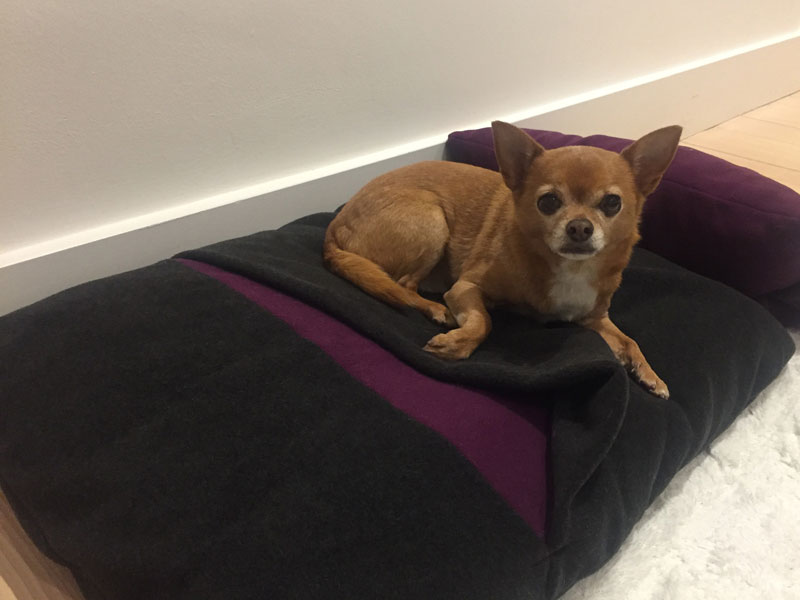
The little Chihuahua is considered to be very independent and difficult to train:-)
Puppy or adult dog?
Of course, a young dog is incomparable and heartwarmingly sweet. You shouldn’t underestimate the effort required for proper training. The first few weeks with a puppy are a full-time job. First, you have to learn bladder control, and training until the dog masters all commands is exhausting. Usually, the training of an adult dog is already complete. The staff at an animal shelter are usually quite good at assessing their dogs and will give you good advice accordingly.
How much does a dog cost?
Generally, large dogs are more expensive than small dogs. This is because they eat significantly more, and the equipment (large dog beds, leashes, etc.) is also more expensive. Dog tax is the same for small and large dogs; only listed dogs (fighting dogs) generally have to pay significantly more. Purebred dogs cost an average of between €700 and €1,500 to purchase. Mixed-breed dogs from shelters cost significantly less.
Would you prefer a female or a male?
Gender should also play a role in choosing a dog. Female dogs are considered more affectionate, cuddly, and easier to control. Males are considered more confident, disobedient, and more likely to test their boundaries. Also keep in mind that female dogs go into heat twice a year, and males are more likely to roam.
How much time does my dog need?
If you’re single and work a lot, you should reconsider owning a dog, unless you’re allowed to take it to the office. Of course, dogs will be left alone for a few hours at a time. If you’re concerned about their well-being, someone should be there as often as possible to care for them. Dogs are pack animals and don’t like being alone.
When getting a puppy, keep in mind that a two-week vacation isn’t enough time to complete the settling-in period and training. Small dogs need a lot of time for walks, puppy school, and subsequent dog training. This work can be better distributed within a family.
Would you prefer an active dog or a more relaxed one?
Are you more athletic and active, or do you prefer a more relaxed lifestyle? Your choice of dog should be based on this. A well-exercised dog with plenty of variety at home will be balanced and calm. Labradors, Rhodesian Ridgebacks, and Poodles are suitable for active people. French Bulldogs, Labradoodles, and Basset Hounds are considered calm dogs.
How much does it cost to educate?
Fundamentally, every dog needs to be trained to become a loyal, unobtrusive, and reliable companion. Intelligent, active dogs like the Border Collie or Australian Shepherd require extremely time-consuming training. Their needs are much more demanding than those of a more modest-natured dog. Anyone who can’t devote this time should look for a more relaxed dog for beginners.
How much care is required?
It’s impossible to generalize here; the amount of care required varies considerably. Short-haired dogs, such as the French Bulldog, are very easy to care for. Brushing them twice a week is sufficient. Wire-haired and rough-haired breeds, such as the Fox Terrier or the Dachshund, require more care. They need to be trimmed every few months, and more frequent brushing is required during the shedding season. Long-haired dogs require the most care, especially if they have a large undercoat. Regular brushing is essential to prevent matting.
What do I do if I have a dog allergy?
If you’re allergic to dog hair, you don’t have to give up hope of getting a four-legged friend. There are breeds that are well-suited to allergy sufferers. I’ll cover this topic in detail in one of my upcoming posts, “Dogs for allergy sufferers – which breeds are suitable?“
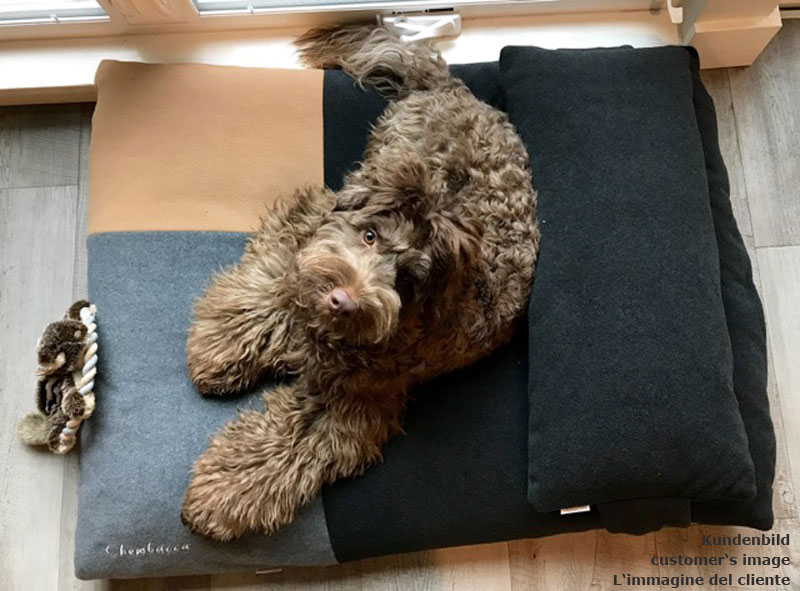
Labradoodle Chewbacca

Allergy-friendly dogs – which breeds are suitable?
The dream of having a dog doesn’t have to be over for allergy sufferers. There are allergy-friendly dogs that have a low allergy potential and can be kept in an allergy-prone household. …

Which dog is right for me?
It’s finally vacation time! The best time of the year is best spent with the whole family, and a dog is a must. …

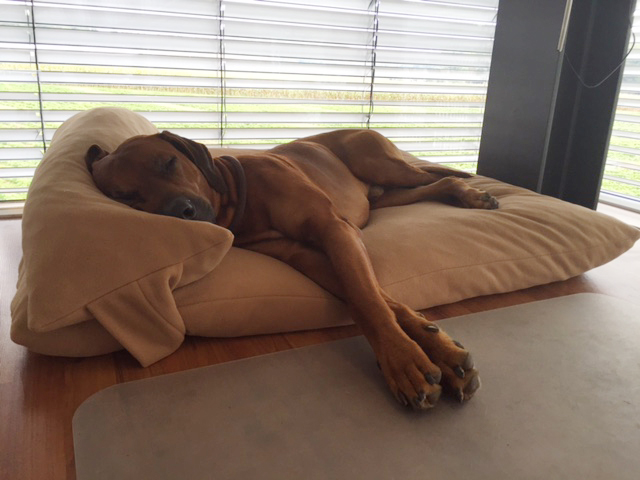




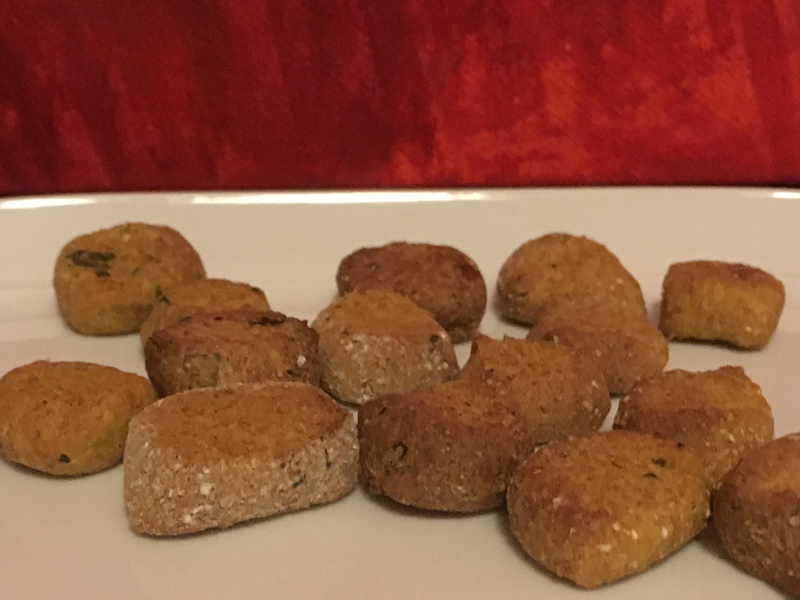
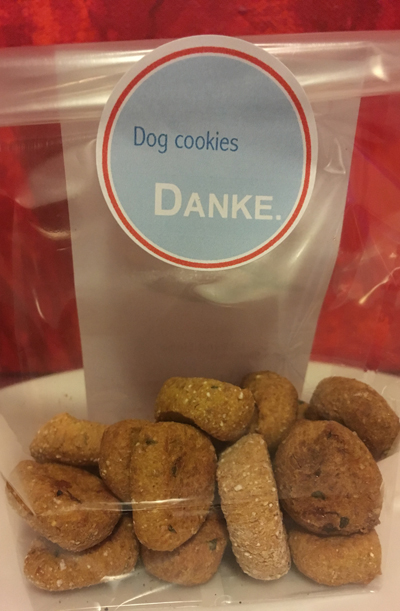
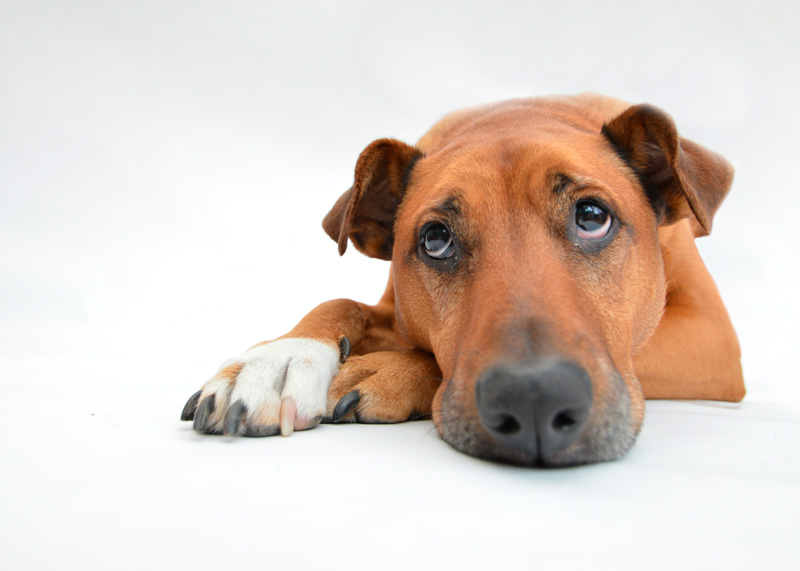

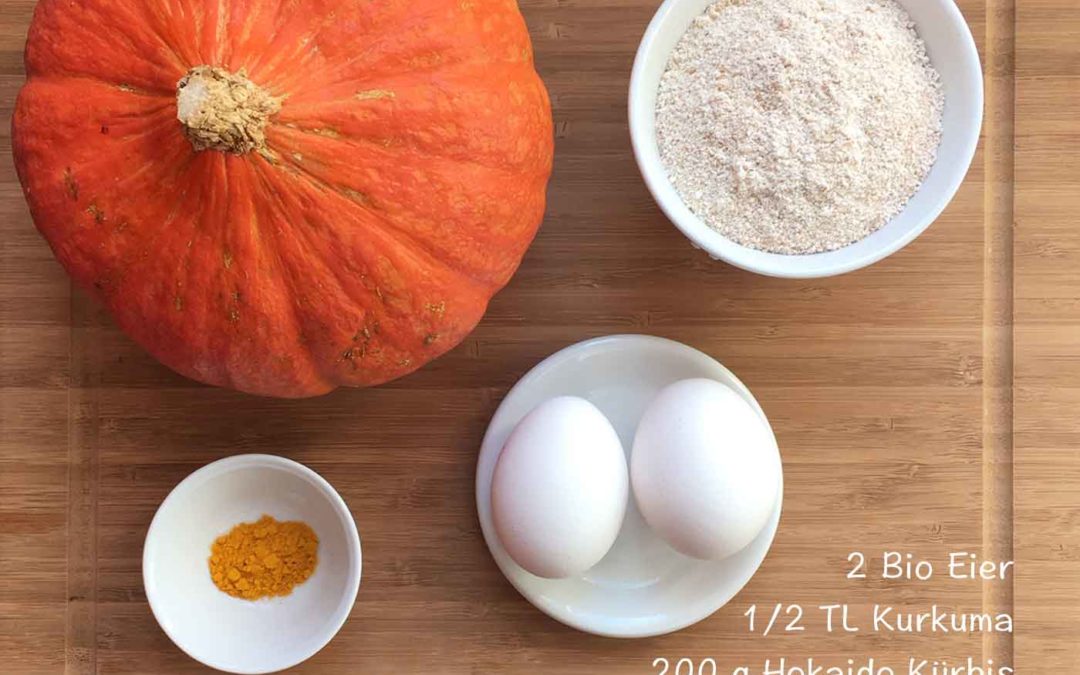
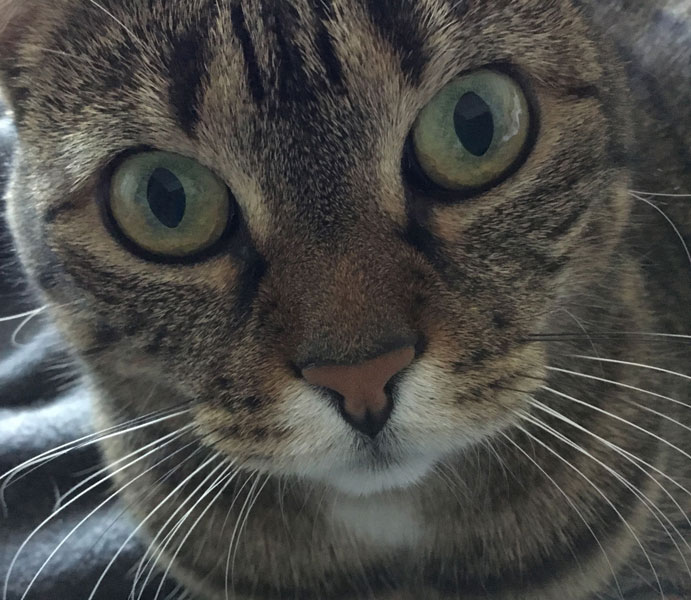
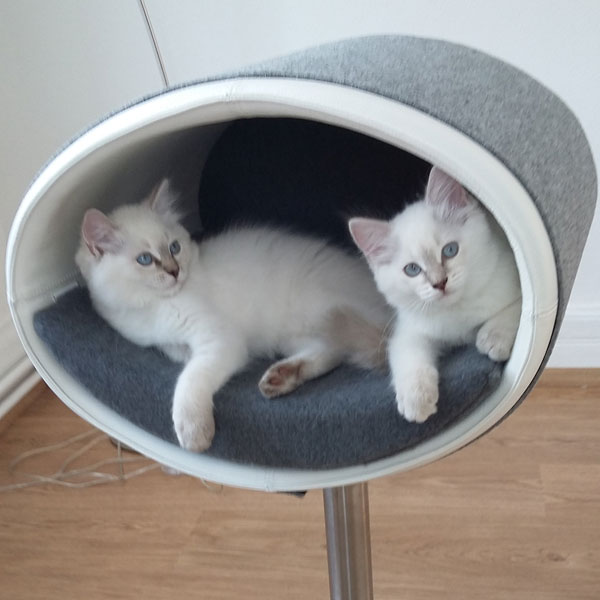
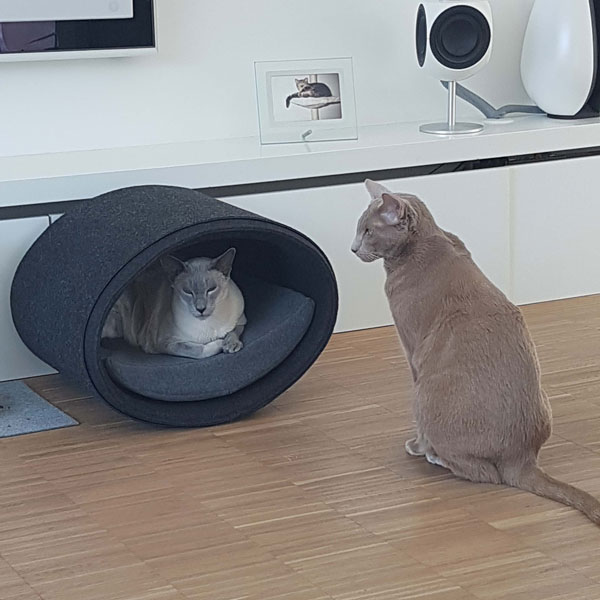
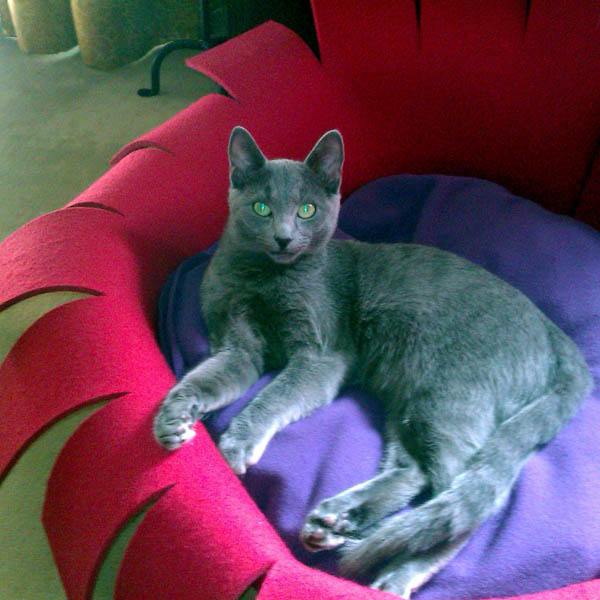
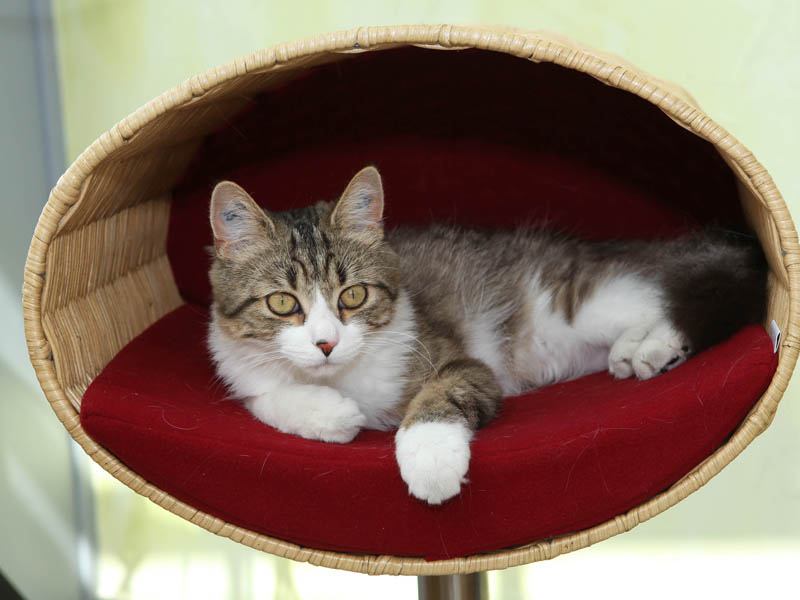
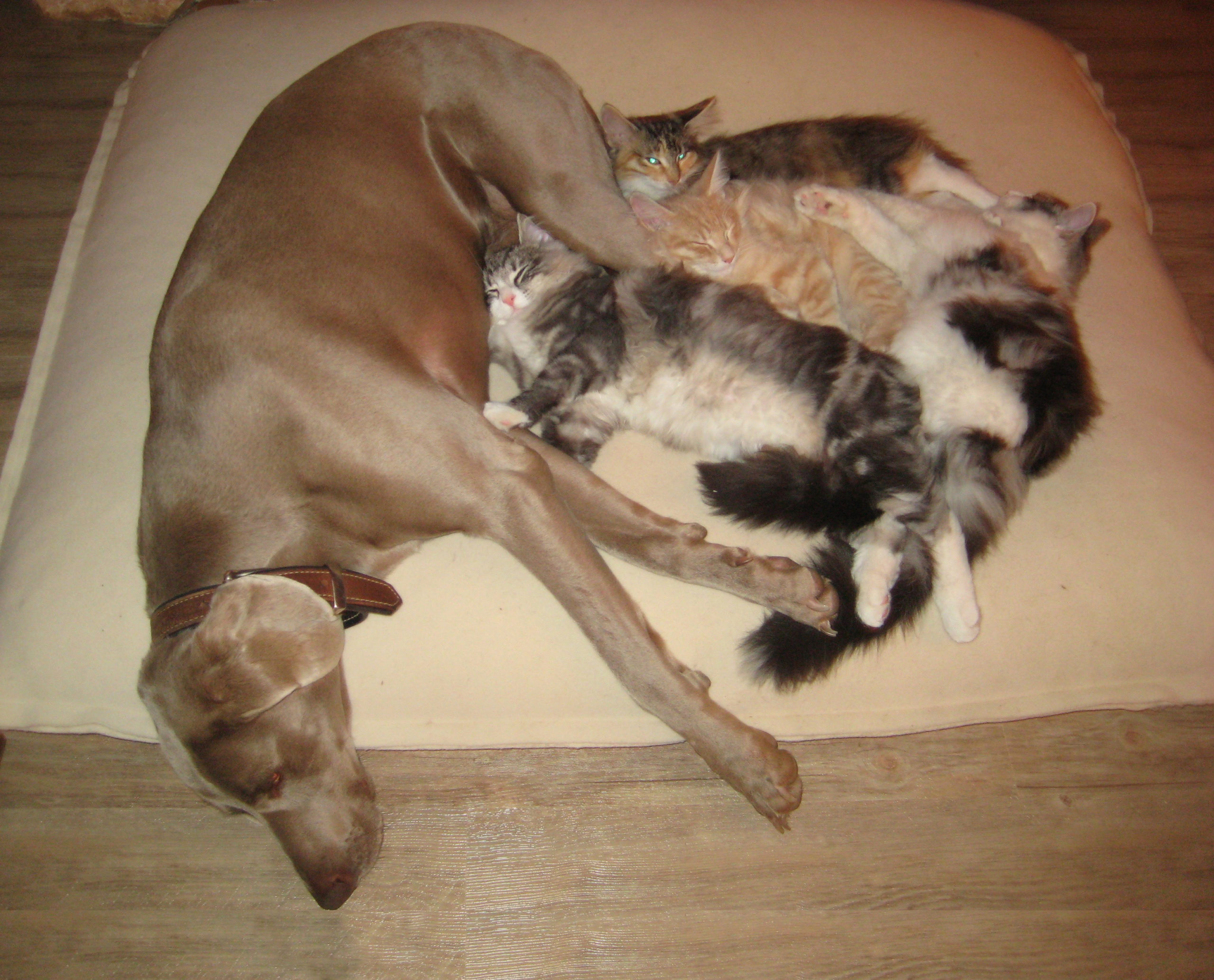
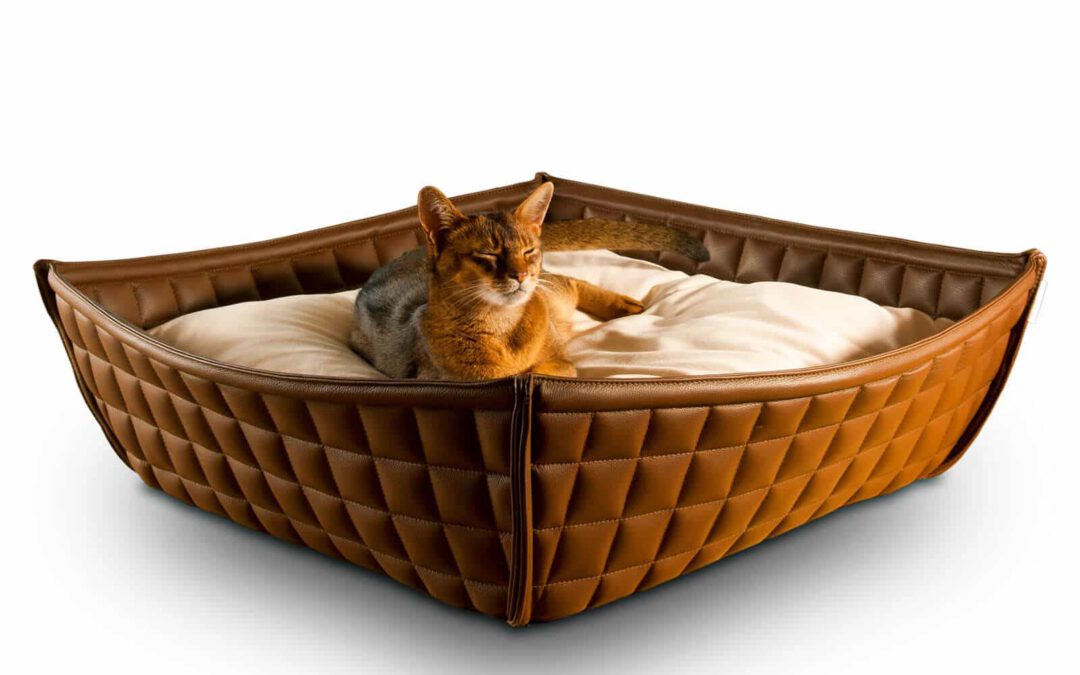
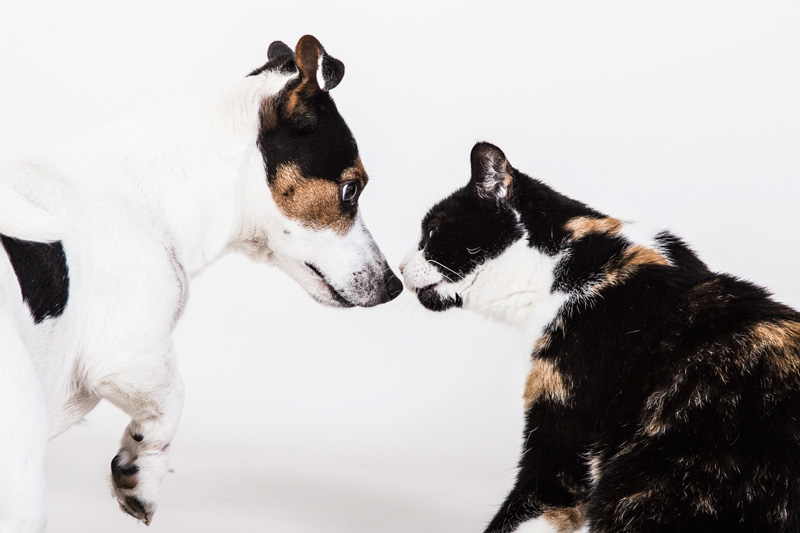
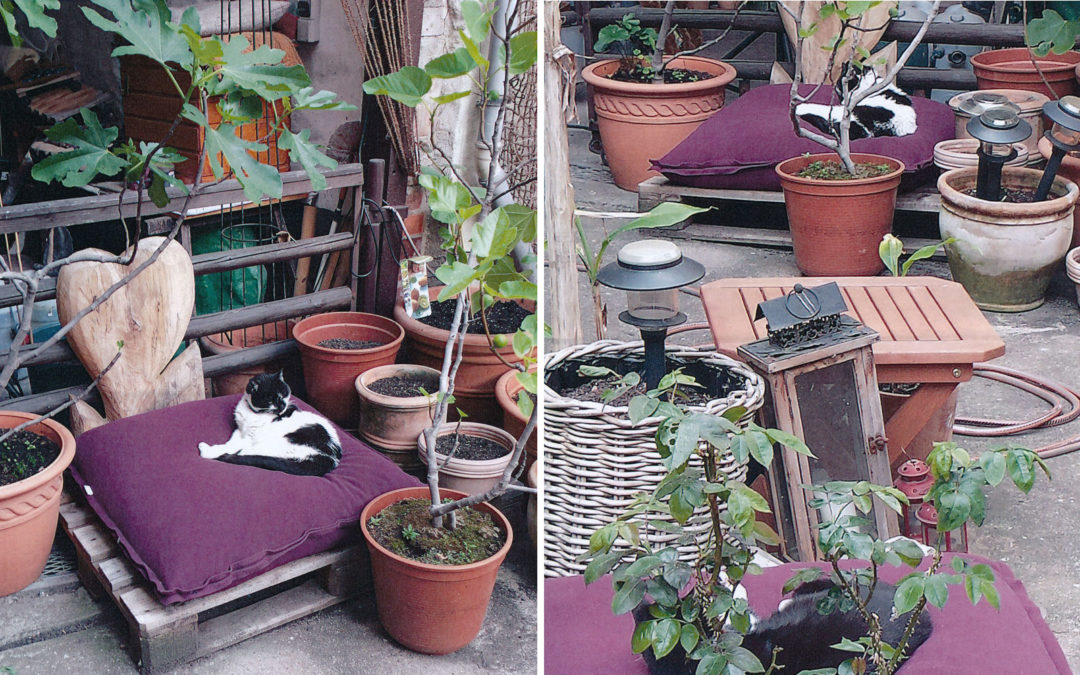
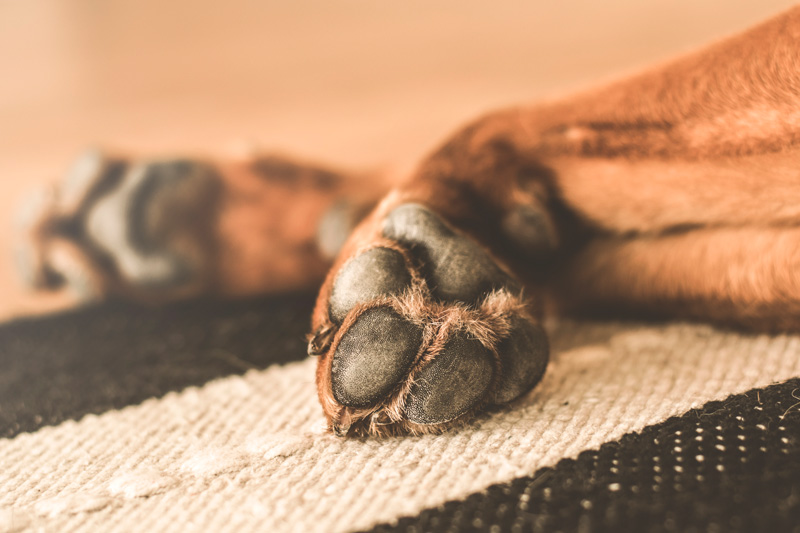
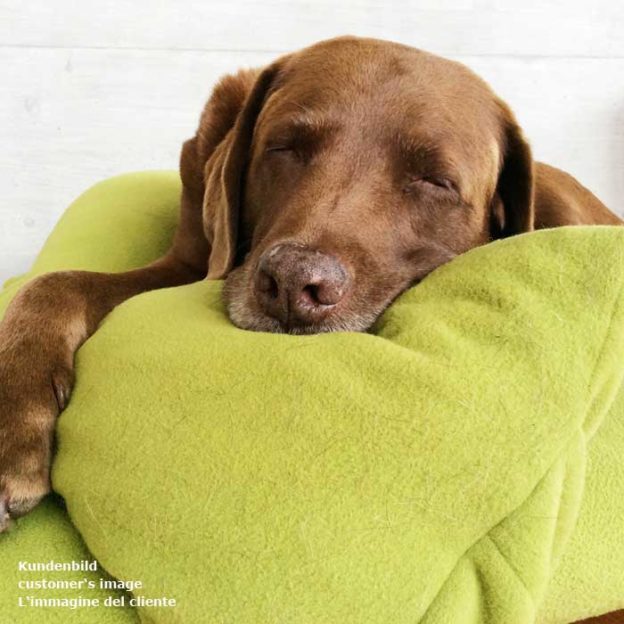
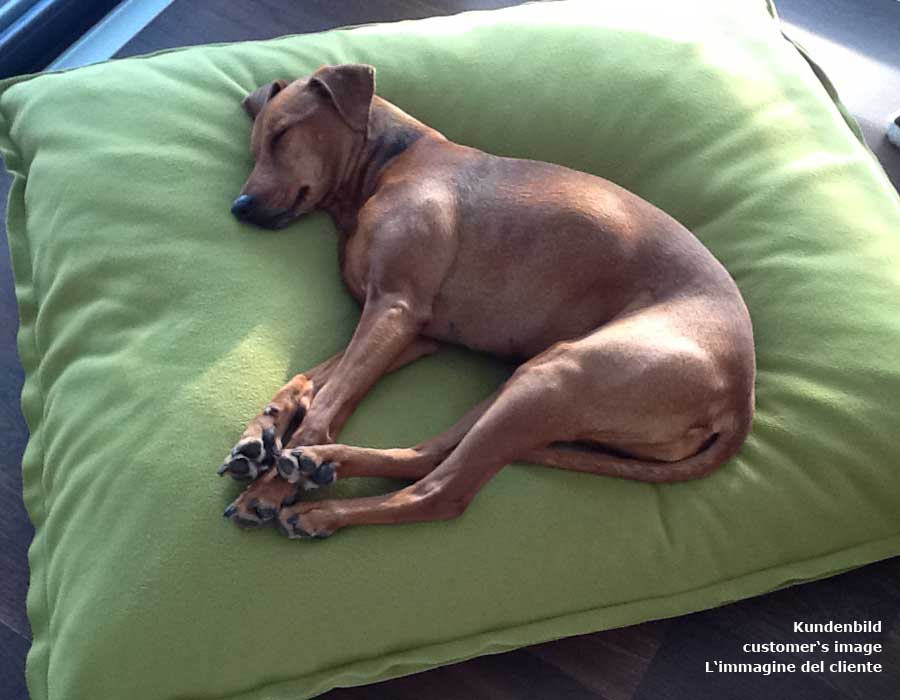
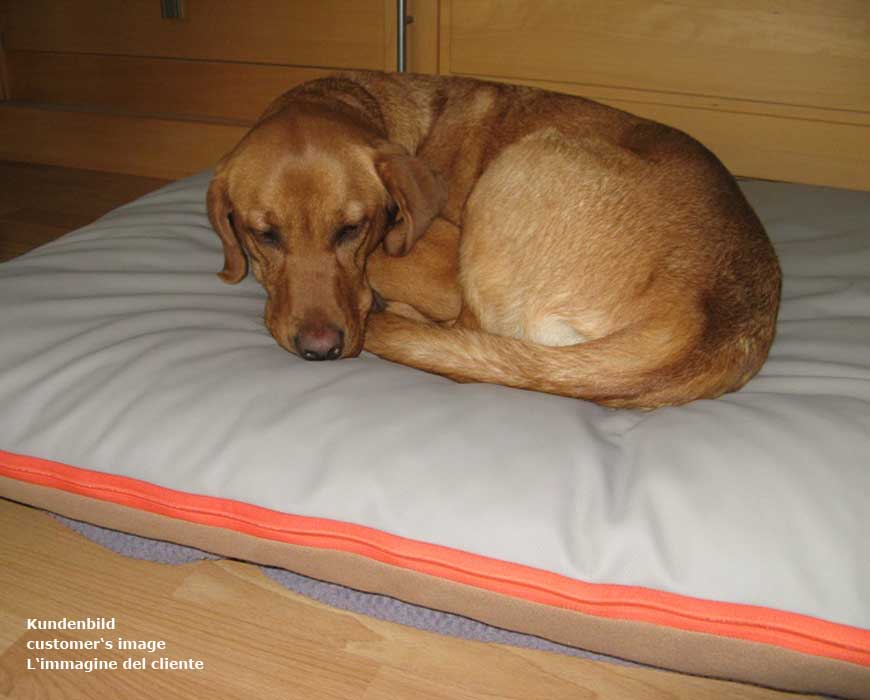
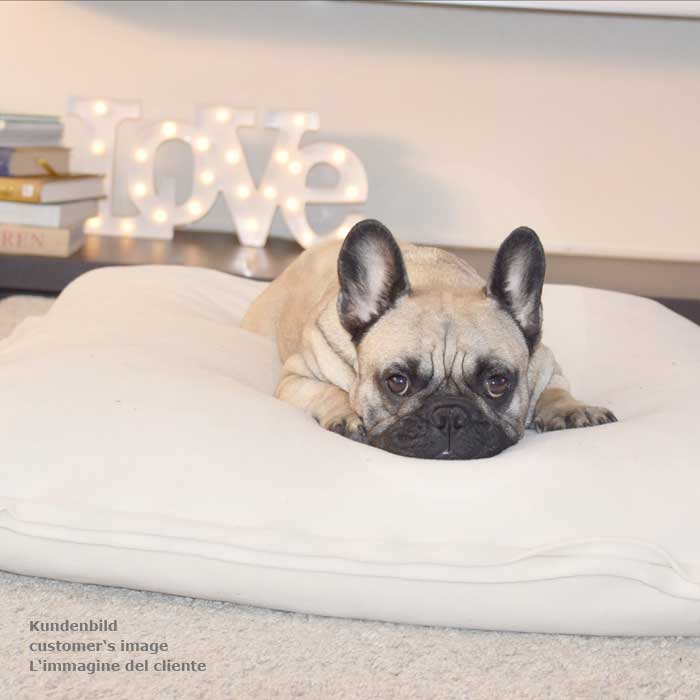
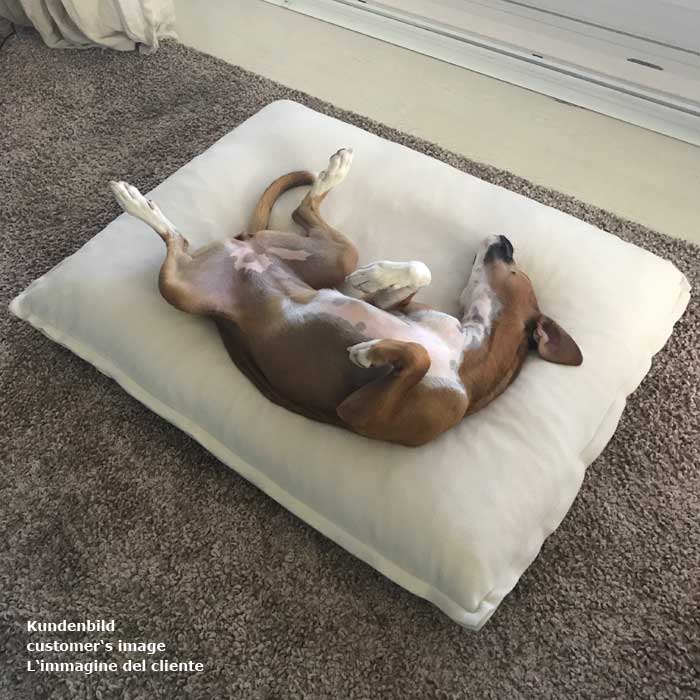
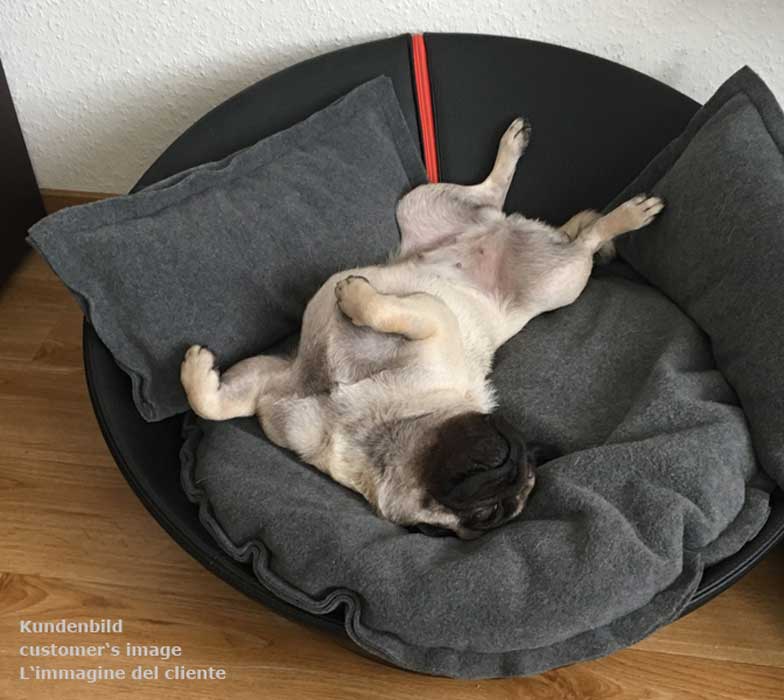
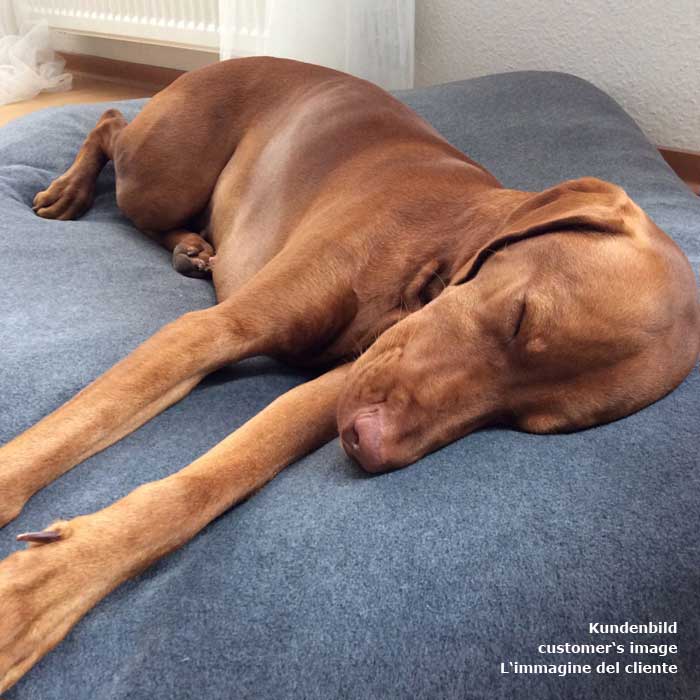


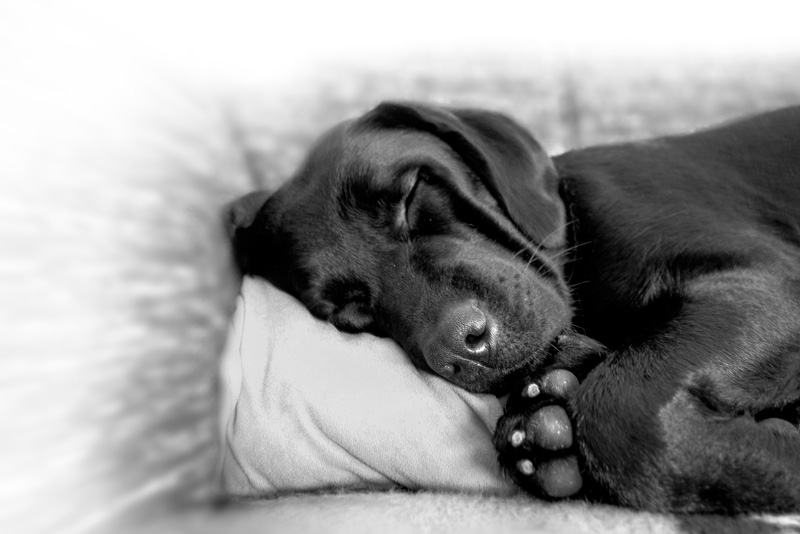
Recent Comments